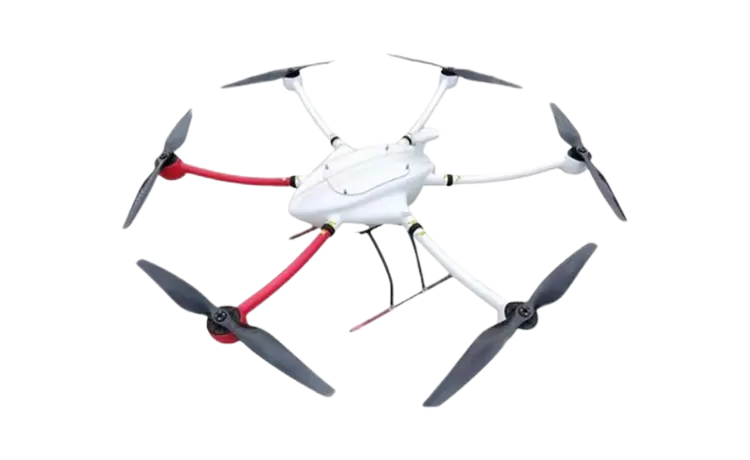In today's digital age, where paperless communication dominates, the art of printing on brown paper may seem unconventional. However, this unique printing technique has gained popularity in various industries due to its rustic charm and eco-friendly appeal. In this blog post, we will delve into the world of printing on brown paper, exploring the techniques, applications, and limitations associated with this intriguing process.
- Understanding the Printing Techniques:
1.1 Direct Printing:
Direct printing on brown paper involves using specialized printers that can handle thicker and textured materials. These printers utilize advanced inkjet or laser technology to transfer ink onto the paper's surface, creating vibrant and detailed prints.
1.2 Offset Printing:
Offset printing on brown paper is a more traditional method that involves transferring ink from a metal plate to a rubber blanket before being applied to the paper. This technique is ideal for large-scale printing projects and ensures consistent and high-quality results.
- Applications of Printing on Brown Paper:
2.1 Packaging and Branding:
Printing on brown paper offers a unique opportunity for businesses to enhance their packaging and branding efforts. The natural and organic look of brown paper can evoke a sense of authenticity and sustainability, making it an excellent choice for eco-conscious brands.
2.2 Art and Crafts:
Artists and craft enthusiasts have embraced printing on brown paper as a medium for their creations. From handmade cards and invitations to personalized gift wraps and art prints, the rustic texture of brown paper adds a touch of uniqueness and character to their work.
2.3 Event Decor and Stationery:
Printing on brown paper has found its way into event decor and stationery, adding a touch of elegance to weddings, parties, and other special occasions. From custom-designed menus and place cards to rustic-themed invitations, brown paper can create a warm and inviting ambiance.
- Limitations and Considerations:
3.1 Color Reproduction:
Due to the natural color of brown paper, achieving vibrant and accurate color reproduction can be challenging. The ink may appear slightly muted or altered, requiring careful color calibration and selection of suitable designs.
3.2 Texture and Absorbency:
The texture and absorbency of brown paper can affect the print quality. Fine details and intricate designs may not be as sharp as on smoother surfaces. Additionally, the ink may be absorbed differently, resulting in variations in color intensity and saturation.
3.3 Durability and Longevity:
Brown paper, although charming, may not possess the same durability as traditional printing materials. It is more prone to tearing, fading, and damage from moisture. Therefore, it is essential to consider the intended use and lifespan of the printed materials.
Conclusion:
Printing on brown paper offers a distinctive and eco-friendly alternative to traditional printing methods. Its applications span across various industries, from packaging and branding to art and event decor. While there are limitations to consider, the rustic charm and organic appeal of brown paper prints continue to captivate both businesses and individuals alike. So, next time you ponder the possibilities of printing, remember that brown paper can be a canvas for creativity and sustainability.


More Stories
Customizable Logo Pulp Boxes in Kraft and White for Sustainable Food Packaging Solutions
What Is Hypalon Rubber Sheet? Exploring Its Exceptional Weather Resistance
What Is SMC (Sheet Molding Compound)? Complete Guide for Engineers